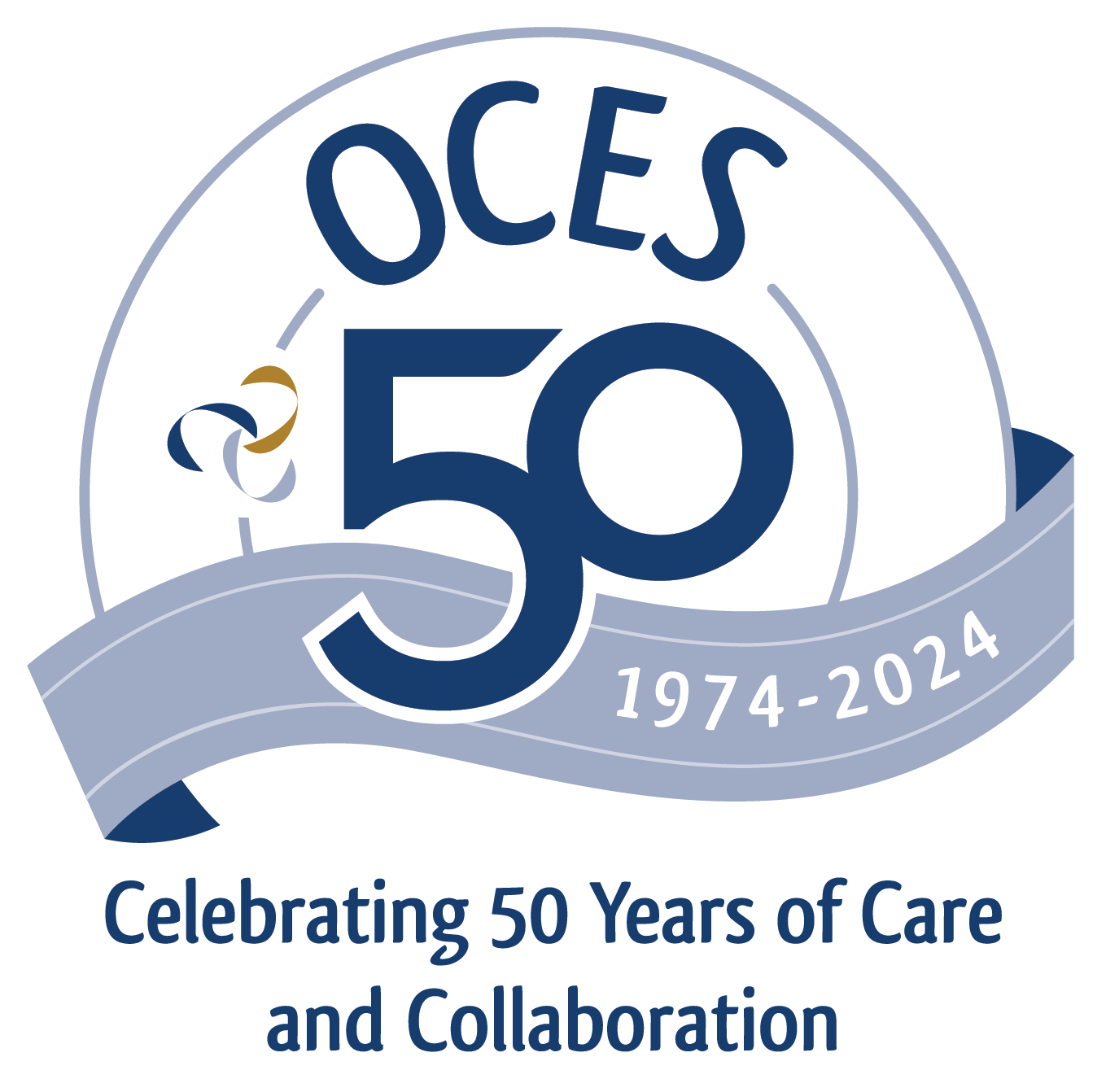By Leanne O’Neil Fletcher, AuD.
The evolution of technology is amazing. And for better or worse, the technology we use every day – smartphones, tablets, activity trackers (e.g. FitBits) – are part of a life we can no longer imagine otherwise.
It only makes sense that hearing technology has advanced with the rest of the pack. The latest digital hearing devices can deliver improved speech recognition, the ability to hear better in noisy environments, and a more true-to-life sound quality. All that, and they are smaller and more discreet than their predecessors.
As hearing aid technology continues to improve, the possibilities for you or a loved one with hearing loss are greater than ever. But even the greatest advancements can be met with trepidation – at least at first. Some of the advanced features in today’s hearing devices have complicated names and are often described in a “techie” way. So let’s demystify this a bit – because intimidation should never keep you from using a hearing device to improve the quality of your life.
What makes modern hearing devices better?
Today’s hearing aids are still made up of the same basic parts, but the parts themselves have become incredibly sophisticated. What used to be sort of “plug and play” is now a highly programmable experience which can be fine-tuned according to your specific needs. That being said, it’s not complicated.
The majority of today’s hearing aid features are completely automated. Some of the advanced features available in today’s hearing aids are:
- Bluetooth compatibility – a wireless feature that makes connecting to mobile phones (and other devices that use Bluetooth) possible.
- Binaural processing – which allows a pair of hearing aids to communicate wirelessly with each other. This technology actually mimics the brain’s ability to process information coming from both ears and helps reduce manual adjustments.
- Data logging – storing data for the purpose of tailoring your hearing device to you. This includes information about your specific listening environments, and the way you like your volume controls set.
Innovations keep coming
Hearing device manufacturers are rolling out product innovations that continue to raise the bar. Don’t want to fuss with batteries? Signia makes a rechargeable hearing aid that lasts a whole day – with unlimited streaming – on a single charge. Oticon just introduced ConnectClip – which gives you hands-free connectivity to any modern smartphone with Bluetooth.
Features are awesome. But ultimately, functionality is what matters. And we are happy to say that the functional advances are what really makes a difference for our clients. New hearing instruments with BrainHearing technology (also by Oticon) are the first that are actually fast enough to support the brain and the hard work it does to decipher sounds. These devices can scan your environment 100x per second to provide your brain with more accurate information about the sounds all around you. Sounds impressive, sure. But the bottom line is that this technology makes it easier to understand speech, even in the noisiest environments.
Thanks to modern technology, the stigma associated with hearing aids is finally weakening. They are customizable, discreet and effective. And after a short learning curve, using even the most digitally advanced models will feel like second nature.
Leanne O’Neil Fletcher, Au.D., and her business partner, Tiffany Pfleger, Au.D., operate Advanced Audiology Associates Inc. with offices in Mashpee and Yarmouth Port. Please visit hearingonthecape.com to contact either doctor or for more information.























